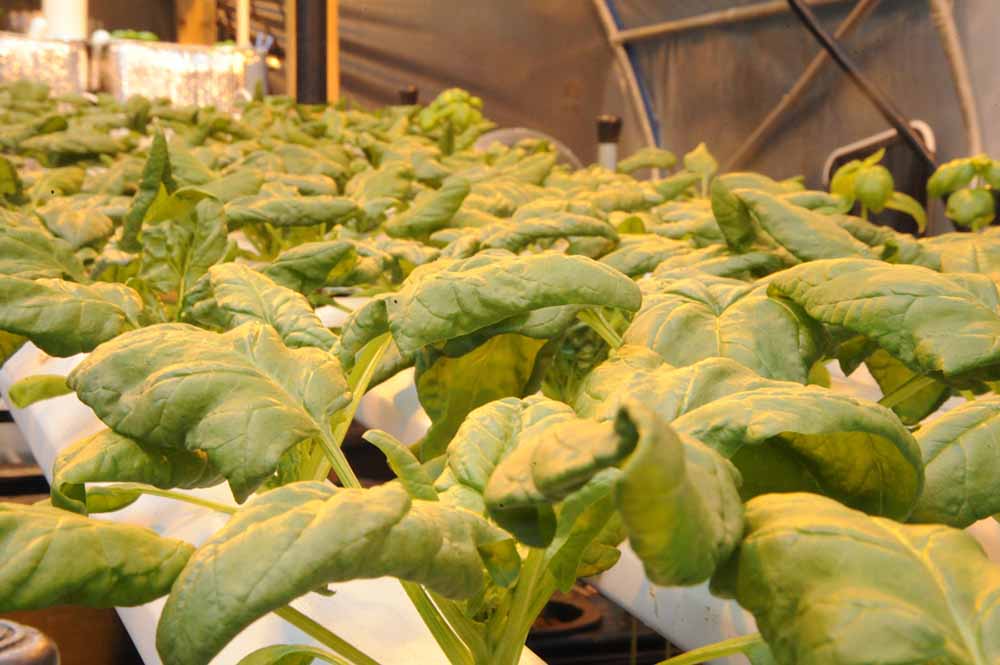ideas in form 5D: ZOHA
as per the 4D narrative i created, (nearly) silent night, for the final 5D iteration of this project, i named ZOHA, the Zero-g Orbital Hydroponic Automaton, and started to further analyze the interactions involved and research pertinent precedents.
this resulted in a comprehensive, technical breakdown of the interactions that will need to be further designed and a much better understanding of what work has already been accomplished in this field. this helps to determine where i can push the boundaries of what has already been achieved.
the goal of this project is to contribute meaningful research to the cause of having a self-maintaining hydroponic system in orbit.
ZOHA-plant interaction
ZOHA's primary interaction is, of course, with the plants that live inside of it, using them as both inputs and outputs:
-
physically, using its effector arm
-
environmentally, manipulating variables such as atmospheric temperature and moisture, water temperature, pH level, and nutritional balance, and light level and type
-
analytically, using machine-vision cameras and a laser spectrometer to determine nutritional and health characteristics
-
more abstractly, ZOHA interacts with its plants in a continuous loop of monitoring, analyzing, and caring
-
it might try out slightly different growing conditions in a supervised machine learning operation in order to develop healthier, more nutritious plants
-
in this way, the plants feedback to ZOHA and teach it how to be a better home
ZOHA-human interaction
ZOHA's relationship to the astronaut crew of humans it feeds with its plants is meant to be as minimal as possible. this is the most explicit goal of the project. human feedback will still be required in order for ZOHA to fully appreciate the quality of the plants it produces, however:
-
in terms of maintenance, if ZOHA is running smoothly, the only 'upkeep' it will need is a very infrequent replenishment of its seed supply
-
in terms of daily interaction, ZOHA's purpose is to provide nutrition to the crew in the form of spinach greens on a semi-regular basis. a human will have to physically collect the spinach from the machine, but ideally ZOHA could harvest the plants itself, especially since it already knows better than the humans which ones are the highest nutritional value and most-ready for consumption
-
finally, the human crew must provide ZOHA feedback about the taste-quality of its spinach. while ZOHA's spectrometer will be enough to determine explicit nutritional information, as of yet it has no way to literally taste the plants. the human feedback will be crucial for it to learn how to grow better-tasting food
ZOHA-self interaction
as an artificially-intelligent machine, ZOHA will interact with itself in several important ways both physical and mental:
-
depending on the specifics of its effector arm, ZOHA might need a physical tool changer in much the way contemporary CNC machines have. it might store a variety of tools positioned in a row on the side of the hydroponic chamber, drop off a just-used tool in its respective slot, and pick up the next needed on a few centimeters away. this process requires a form of machine proprioception and is described in (nearly) silent night
-
more importantly, ZOHA will interact with itself mentally in order to process its own hydroponic and plant-health data as well as the taste feedback given to it from the human crew. this process is part of a supervised machine-learning algorithm, itself the kernal of ZOHA's potential as a self-maintaining automaton



